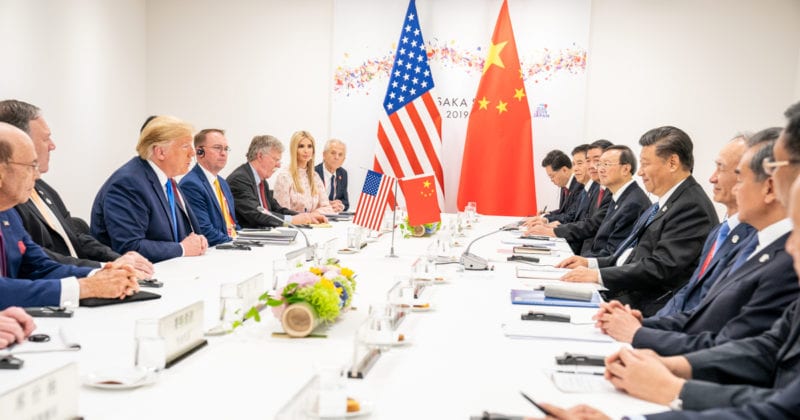Breaking Down the Phase One Deal: Winners and Losers in January 2020, the United States and China signed the Phase One Trade Deal, marking a significant moment in their ongoing trade relations. This agreement aimed to ease tensions and address various economic concerns. However, the outcomes of this deal have been mixed, with distinct winners and losers emerging across different sectors and regions.

Understanding the Phase One Trade Deal Analysis
The Phase One Trade Deal Analysis reveals that the agreement encompassed several key areas:
- Agricultural Purchases: China committed to purchasing an additional $200 billion worth of U.S. goods and services over two years, including $80 billion in agricultural products.
- Intellectual Property Protections: The deal included provisions to strengthen intellectual property rights in China.
- Financial Services: China agreed to open its financial markets to U.S. firms.
- Currency Practices: Both countries pledged to avoid competitive devaluations and promote transparency.
Despite these commitments, the actual implementation and impact of the deal have varied, leading to a complex landscape of beneficiaries and those adversely affected.
Winners of the Phase One Deal
1. U.S. Agricultural Sector
American farmers, particularly those producing soybeans, corn, and pork, experienced a resurgence in exports to China. The agreement’s emphasis on agricultural purchases provided a much-needed boost to this sector, which had been severely impacted by the trade war.
2. Energy Industry
U.S. energy producers benefited from China’s commitment to increase imports of liquefied natural gas (LNG) and crude oil. This opened new avenues for American energy exports, contributing to the sector’s growth.
3. Financial Services
The deal facilitated greater access for U.S. financial firms to China’s markets. Companies in banking, insurance, and asset management found new opportunities for expansion and investment in China.
4. Intellectual Property Holders
Strengthened IP protections in China offered better safeguards for U.S. companies, particularly in technology and pharmaceuticals. This development aimed to reduce instances of IP theft and promote fair competition.
Losers of the Phase One Deal
1. Manufacturing Sector
Despite the deal’s intentions, U.S. manufacturing exports to China did not meet expectations. Factors such as existing tariffs and global economic uncertainties continued to hinder this sector’s performance.
2. Small and Medium Enterprises (SMEs)
SMEs often lack the resources to navigate complex international trade agreements. The benefits of the deal were more accessible to larger corporations, leaving smaller businesses at a disadvantage.
3. Consumers
Tariffs remained on many goods, leading to higher prices for consumers in both countries. The partial rollback of tariffs did not significantly alleviate the financial burden on households.
4. Global Trade Partners
Countries not directly involved in the deal faced trade diversion effects. As China increased imports from the U.S., other nations experienced reduced export opportunities to China, impacting their economies.
Broader Economic Implications
The Phase One Trade Deal Analysis indicates that while the agreement addressed certain issues, it fell short of resolving deeper structural concerns. The deal’s limited scope and enforcement mechanisms raised questions about its long-term efficacy. Moreover, the COVID-19 pandemic further complicated the fulfillment of purchase commitments, highlighting the fragility of such agreements in the face of global disruptions.
The Phase One Trade Deal Analysis underscores the complexities of international trade agreements. While the deal provided short-term relief and benefits to specific sectors, it also exposed vulnerabilities and disparities. Moving forward, comprehensive strategies and multilateral cooperation will be essential to address the underlying challenges in U.S.-China trade relations and to foster a more balanced global economic environment.



